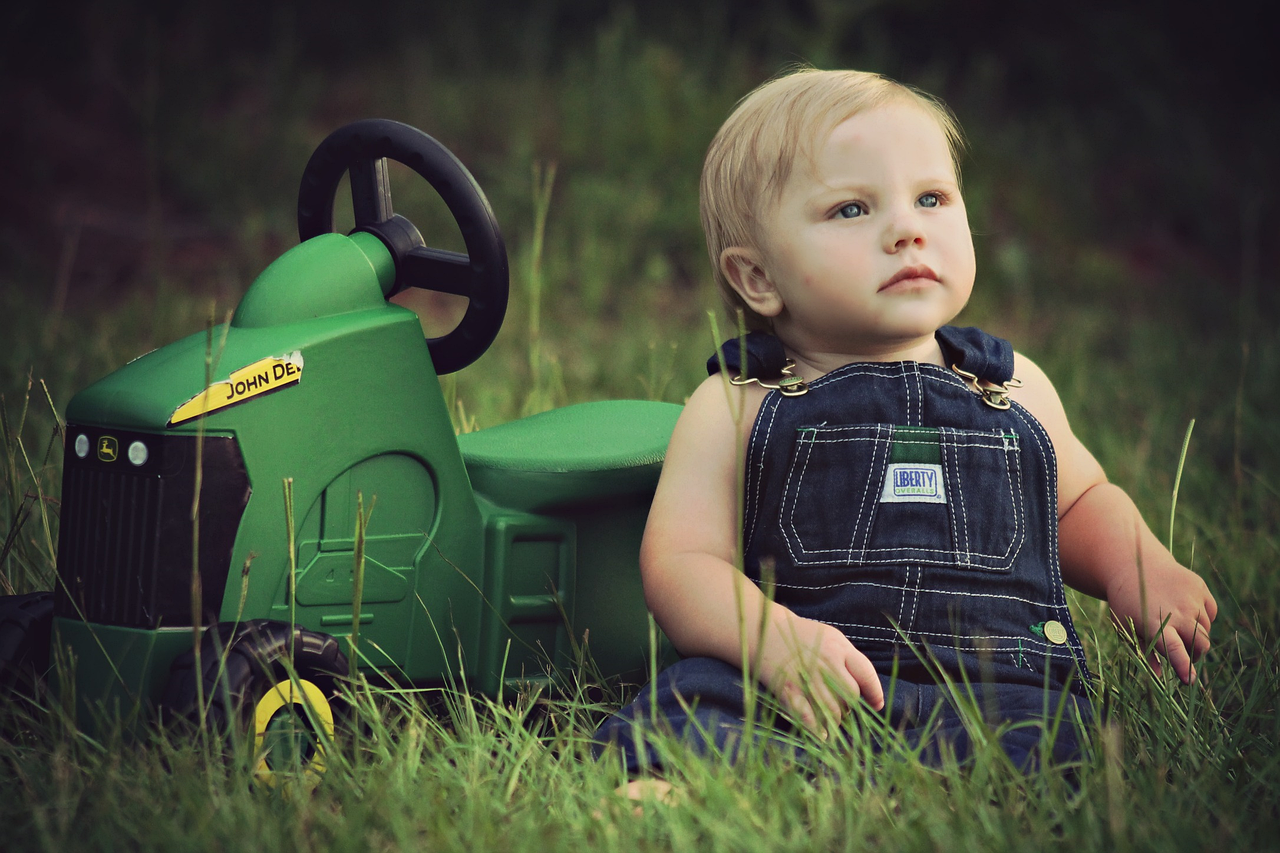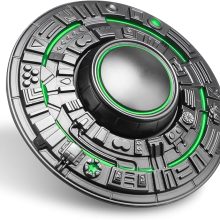Choosing Safe Toys for Toddlers and Preschoolers

As parents, we want nothing more than to see our children happy, healthy, and thriving. Playtime is an essential part of childhood, fostering imagination, creativity, and social development. However, amidst the joy and excitement of play, it’s crucial to prioritize safety to prevent accidents and injuries.
In this guide, we’ll explore ten essential toy safety tips to help parents create a safe and nurturing play environment for their children. From selecting age-appropriate toys to ensuring proper storage and maintenance, these tips will empower parents to make informed choices and protect their little ones during playtime.
Join us as we delve into the world of toy safety and discover practical strategies for keeping playtime fun, engaging, and, above all, safe. Let’s embark on this journey together to ensure that every play session is filled with laughter, learning, and peace of mind.
- Choose Age-Appropriate Toys: When selecting toys for your child, it’s essential to consider their age, interests, and developmental stage. Age recommendations provided on toy packaging are not arbitrary; they’re there to guide parents in choosing toys that are safe and suitable for their child’s abilities. For infants and toddlers, opt for toys with bright colors, different textures, and large, easy-to-grasp parts that stimulate their senses and motor skills. Preschoolers and school-age children may enjoy toys that encourage imaginative play, creativity, and problem-solving, such as building blocks, puzzles, and arts and crafts kits. By choosing age-appropriate toys, parents can ensure that their child’s play experience is both enjoyable and developmentally enriching.
- Check for Small Parts: Small parts pose a significant choking hazard, especially for young children who are prone to putting objects in their mouths. Before giving a toy to your child, thoroughly inspect it for any small parts, such as buttons, beads, or removable accessories, that could potentially be swallowed or inhaled. Ensure that all parts are securely attached and larger than the diameter of a toilet paper roll to prevent choking incidents. If a toy has small parts that are not securely attached or could be easily removed, it’s best to avoid giving it to young children altogether to mitigate the risk of accidents.
- Inspect for Sharp Edges and Points: Children are naturally curious and may not always be aware of potential hazards in their environment. Before giving a toy to your child, carefully inspect it for any sharp edges, points, or protruding parts that could cause injuries or puncture wounds. Opt for toys with smooth, rounded edges and avoid those with sharp or jagged components that could accidentally scratch or cut your child during play. By being proactive in checking toys for sharp edges and points, parents can help prevent unnecessary accidents and injuries during playtime.
- Look for Non-Toxic Materials: Children often explore the world around them by putting objects in their mouths, which is why it’s essential to choose toys made from non-toxic materials that are free from harmful chemicals such as lead, phthalates, and BPA. Look for toys labeled as “non-toxic,” “BPA-free,” or “phthalate-free” to ensure they meet safety standards and regulations. Additionally, opt for toys made from durable materials that can withstand rough play and frequent use without posing a risk of exposure to toxic substances. By prioritizing toys made from non-toxic materials, parents can create a safe and healthy play environment for their children to enjoy.
- Avoid Toys with Strings or Cords: Toys with long strings, cords, or ribbons can pose a significant risk of strangulation or entanglement, especially for young children who may become tangled in them during play. To prevent accidents, it’s essential to keep toys with strings or cords out of reach of young children and supervise them closely when playing with such toys. If a toy has strings or cords, make sure they are short and securely attached to the toy to minimize the risk of entanglement. Additionally, be cautious when giving toys with strings or cords to older children and teach them how to use them safely to avoid accidents.
- Supervise Playtime: While independent play is important for children’s development, it’s crucial for parents to supervise young children during playtime to ensure their safety. Young children may not always recognize potential hazards or know how to use toys properly, which is why parental supervision is essential. Stay engaged with your child during playtime, actively observe their interactions with toys, and intervene if you notice any unsafe behavior or situations. By being present and attentive during playtime, parents can help prevent accidents and injuries and provide guidance and support to their child as they explore and learn through play.
- Secure Batteries Properly: Many toys, especially electronic or battery-operated toys, contain batteries that can pose a risk of ingestion or injury if not properly secured. Ensure that batteries are securely enclosed and inaccessible in toys, especially for young children who may be prone to putting objects in their mouths. Consider using toys with battery compartments that require a screwdriver to open for added safety, and always follow the manufacturer’s instructions for installing and replacing batteries. Additionally, be sure to dispose of used batteries properly and store them out of reach of children to prevent accidental ingestion or exposure to harmful substances.
- Store Toys Safely: Proper toy storage is essential for maintaining a safe play environment and preventing accidents and injuries. Keep toys organized and stored in a safe place when not in use to prevent tripping hazards and accidents. Store toys in sturdy bins or containers with tight-fitting lids to keep them out of reach of young children and pets. Avoid storing toys in areas where they could be easily damaged or become a hazard, such as near stairs, heaters, or electrical outlets. Additionally, regularly inspect toy storage containers for signs of wear and tear, and replace them if necessary to
Ensuring the safety of our children during playtime is of utmost importance. By following these essential toy safety tips, parents can create a safe and nurturing environment where children can learn, explore, and thrive. From choosing age-appropriate toys to supervising playtime and properly maintaining toys, every step we take contributes to our children’s well-being and enjoyment. Let’s continue to prioritize toy safety and empower our children to play safely and confidently, knowing that they’re protected from harm.




